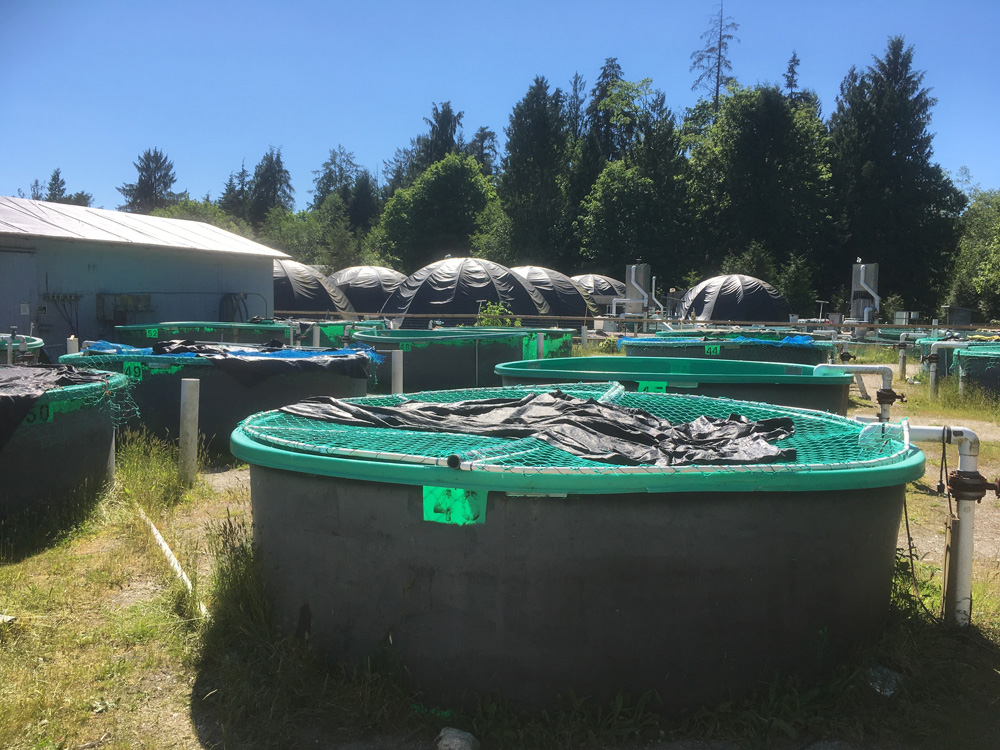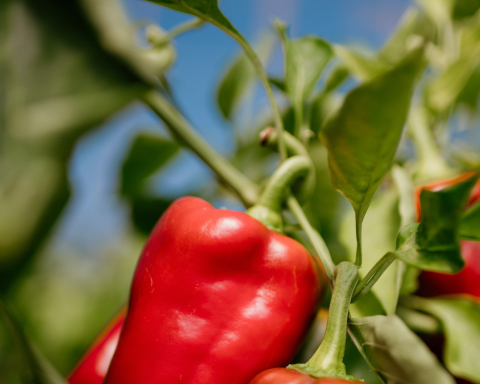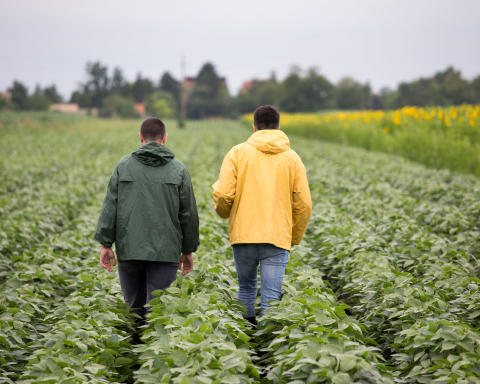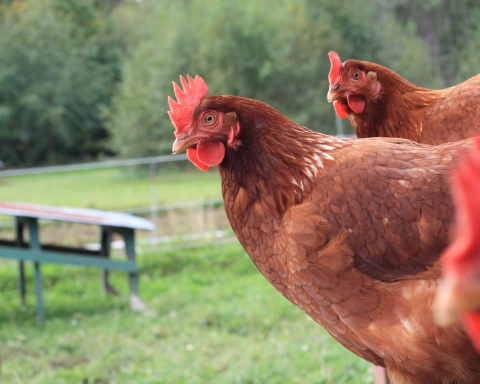Gabe Cipes
Editor’s note: Aquaponics is a hotly debated topic in the organic sector. As the BC Organic Grower strives to make space for open discussion on all things organic, these pages provide an excellent forum to examine aquaponics in an organic context.
The fate and state of the world now depends on innovation in many forms to be supported and embraced where they are appropriate—that includes recognizing the organic nature of aquaponics.
The organic movement is based on a set of principles: health, ecology, fairness, and care for future generations and the environment. Following these principles, aquaponics is a method to produce a vast plethora of aquatic animals, fruits, and vegetables using a small fraction (~5%) of the water and on only a fraction of the land it takes to produce terrestrial crops. The soil is a recirculating, closed loop, self-sustaining, aquatic rhizosphere. The bi-product is a high value nutrient and biologically rich soil amendment.
The Soil is the Water
Within the system, we feed the aquatic animals, such as fish, crayfish, shrimp, turtles, or alligators, and they populate all surface areas of the system with their gut biomes and provide nutrients. A diverse host of bacteria, protozoa, worms, fungi, and microbes convert solid waste and ammonia into nitrites and then into nitrates. The plant archaeon in the system perform phytoremediation for the water before it returns to the animals by absorbing the nitrates and nutrients transformed by the microorganisms. The plants release their own microbiology through their roots. Their secretions mix with the secretions of the other microorganisms to create humic acid (humus!). Carbonic acid is created through the cycle of death within the system. Mineralization and aeration are integrated through biological and mechanical zones. Thus, the living soil ecology is born in the water. The soil is the water.
Aquaponics is not soil-less agriculture. In fact, it brings us more in touch with the essentials of organic soil biology in a not so much controlled, but created and containable environment. The same impetus to create a self-sustaining, bio-diverse ecological balance by feeding the soil biome as is indicated in the organic and Demeter standards is practiced in aquaponics.
Aquaponics is not an easy or simple method of agriculture. It can involve highly mechanized functions and be energy intensive, although there are passive solutions available. Creating a system requires a high degree of biological, mechanical, and regenerative knowledge as well as careful insight. Just as with any method of farming there can be a broad spectrum of health in practice. Creating and stabilizing this natural food producing ecosystem organically can be a life long journey for an individual or a collaborative team effort involving many different skill sets.
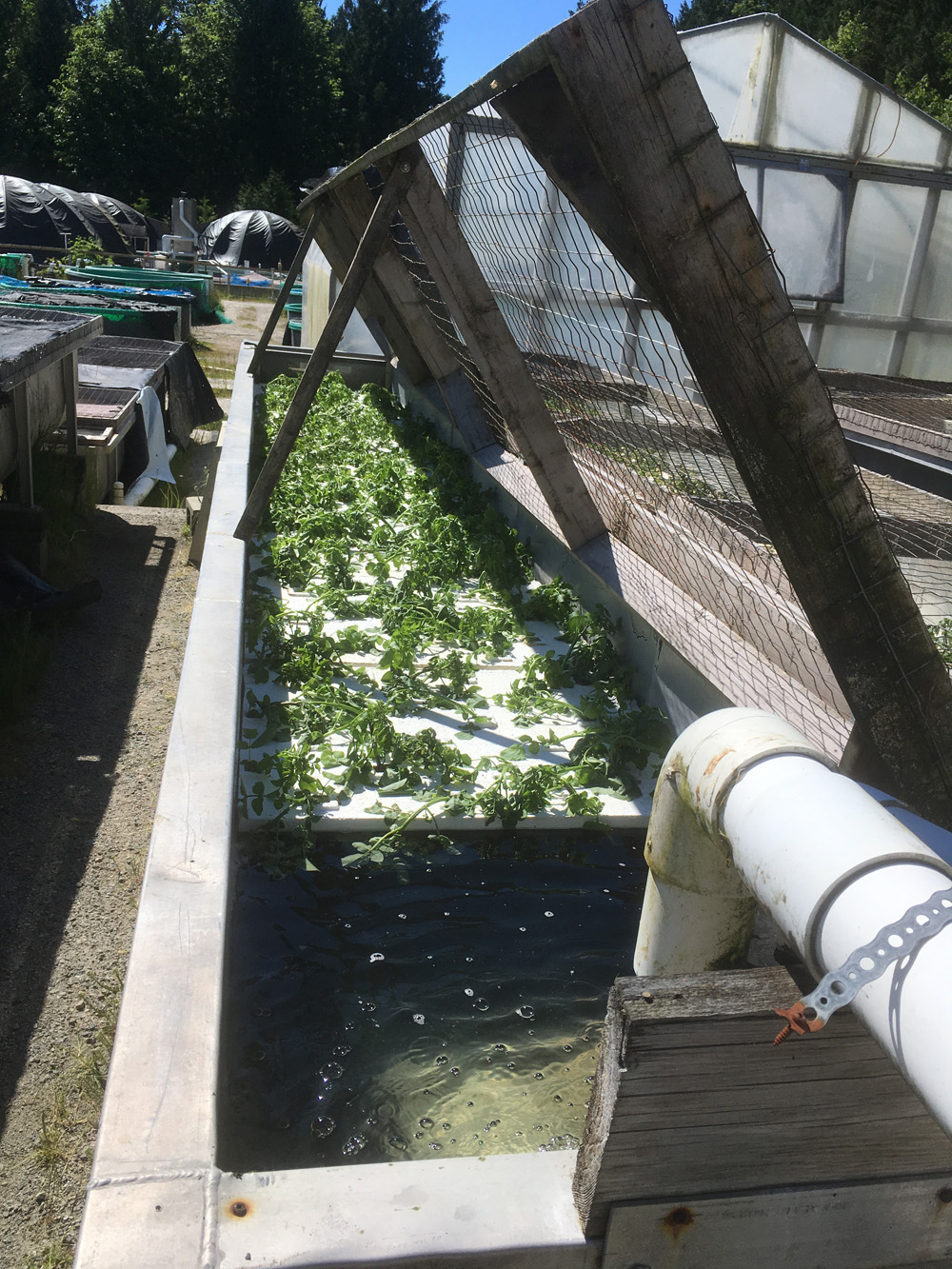
Photo Credit: Gabe Cipes
Aquaponics vs Hydproponics
It is critical to draw the distinction between hydroponics and aquaponics and not lump the two together as soil-less agriculture even though they may look alike in certain regards. Hydroponic growing removes the crucial soil factor and replaces it with soluble nutrient solutions force fed directly to the plants. Hydroponics can in no way duplicate either the complex benefits of soil or the beneficial environmental impact as aquaponics can.
Hydroponics was unfortunately accepted as organic by the USDA standards due to corporate lobbying and bureaucracy. In their 2010 objection to the organic certification of soil-free farming in the US, the National Organic Standards Board (NOSB) wrote “The abundance of organisms in healthy, organically maintained soils form a biological network, an amazing and diverse ecology that is ‘the secret,’ the foundation of the success of organic farming accomplished without the need for synthetic insecticides, nematicides, fumigants, etc…” (NOSB 2010) The “secret” to aquaponics is the same. Hydroponics is not certifiable in Canada, while aquaponics is certifiable under the Organic Aquaculture Standards CAN/CGSB- 32.312-2012. [Editor’s note: None of the Certifying Bodies (CBs) accredited by COABC are currently certifying aquaponics.]
An Ancient Practice
Millennia ago some of the most powerful nations in history utilized similar agricultural practices: the Chinampas, floating gardens of the American Aztecs, the rice paddies of ancient China, and ancient Greek descriptions of the hanging gardens of Babylon, one of the seven wonders of the world. They all relied upon fish and aquatic animals to fertilize their agricultural systems.
It is possible to grow crops this way because aquatic animals such as fish, crustaceans, and many other aquatic creatures do not carry the same potential pathogens in their manure as terrestrial animals do. The difference in application is the time and processing of the manure when comparing terrestrial manure to aquatic manure, which is pretty much immediately available as long as the system is colonized by the gut biota of the animals living in it. It can take two to six months to establish a living system. Multi-trophic remediation (involving aquatic plants and crustaceans) is encouraged in organic aquaculture.
The contemporary mastery of this method of agriculture in Canada has yet to be realized. The potential to grow fresh fish and vegetables all year long on a commercial scale is enormous. Large scale systems could economically compete with conventionally grown imported crops for the bulk foods market, supplying restaurant chains and big box stores without competing with high end niche organic markets or polluting the environment. It is accessible to all demographic and geographic variables. Due to its productivity and ability to provide both animal and vegetable products together in a compact space it can empower people to overcome hunger and starvation in remote areas.
Farming fish and crops this way allows our natural watersheds and natural soil ecologies to heal and regenerate. The vast majority of our planet is covered by oceans, which are under extreme stress today. One of the major sources of stress is over fishing (Rogers 2014). Aquaponics or variations thereof are the most sustainable methods of producing high quality and environmentally friendly fish.
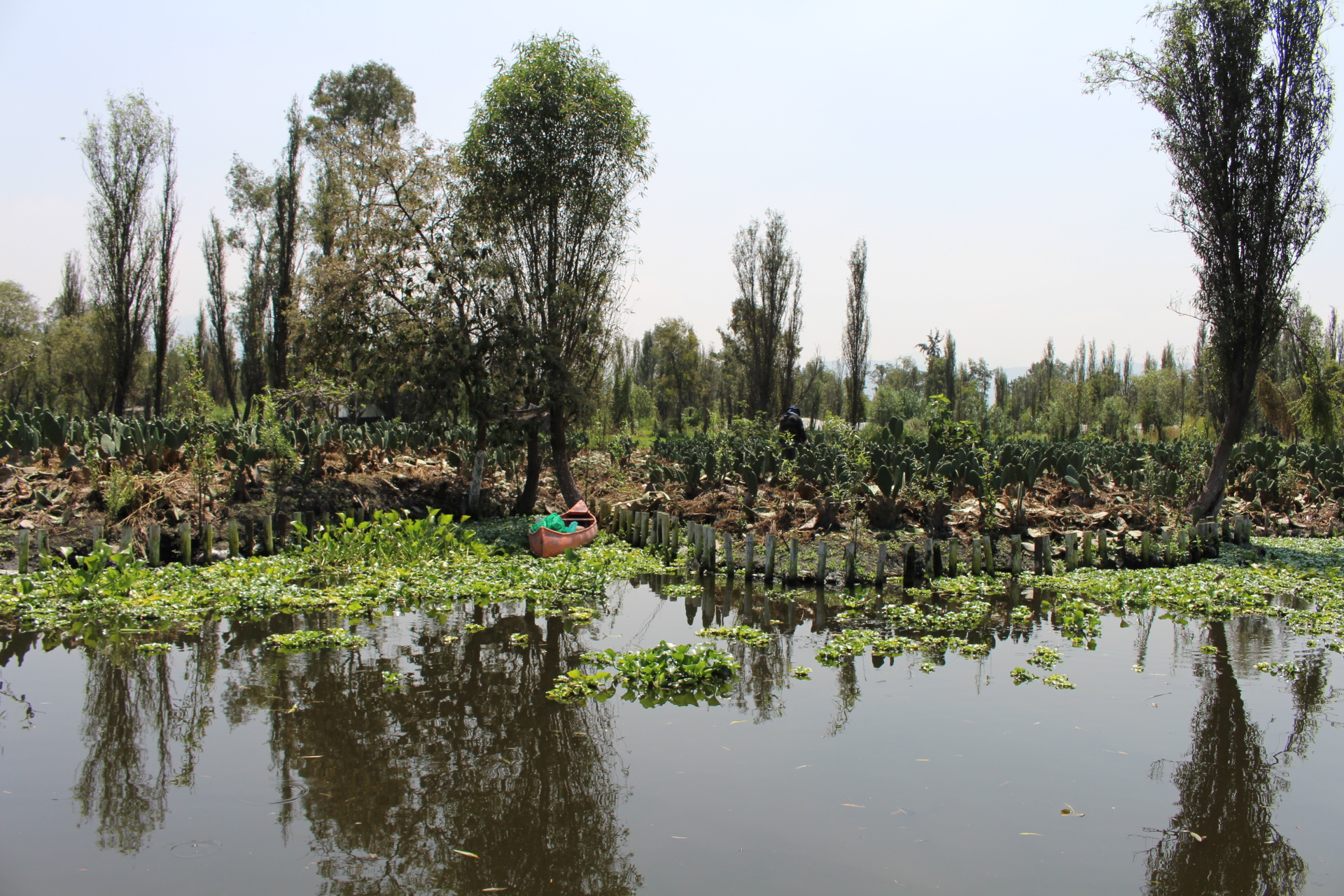
Photo credit: Emmanual Eslava
Closing the Loop
The primary input of an Aquaponic system is the feed for the fish. Organic feed for salmonids, coregonids, tilapia, koi, sturgeon, cat fish, perch, and other commonly used species is commercially available upon demand in BC through at least three major pet food distributors, namely: Ewos, Taplow, and Skretting. Major strides have been made recently in designing low cost sustainable organic formulas for fish feed, with the inclusion of insect larvae, yeasts, invasive species of shrimp, algae/phytoplankton/kelp, organic grains, and tailings from the fishing industry. It is possible to close the loop on the need for aquatic fish protein and oils if organic aquaculture and aquaponic farmers work together to provide different species of tailings for formulas to be used within the organic industry. The goal is to be independent from relying on depleting oceanic sources of aquatic proteins.
There are many aquaponics operations currently certified organic in BC. You can learn more about the organic standards for aquaponics by reading the 32.312 Organic Aquaculture standard. You will see that the crop standards are pretty much identical to the 32.310 Terrestrial standard. Most operations, especially in BC, are contained structures to maintain bio-safety and bio-security. It is becoming increasingly vital to maintain organic integrity by avoiding contaminants in our environment.
In regards to pests or disease, crop pests would either be contained mechanically or be subdued by an introduced species to balance the disease or infestation. Beneficial fungi, insects, plants, and animals are introduced and form symbiotic relationships. Antibiotics and hormones are also prohibited in organic aquaculture and stocking density needs to be kept low to prevent lice or other diseases. The prohibited and allowed substances align with 32.310 in regards to all materials and devices.
As this technology and its applications develop, so too will the organic standards. They will evolve and adapt through consensus of multiple organizational bodies to include better ecological practices. I hope to be involved in that conversation for many years to come. The standards are a base for the development of this method in Canada and should inspire best practices for the burgeoning organic aquaponics industry.
Organic Aquaculture Standards:
www.scc.ca/en/standardsdb/ standards/26378
Gabe Cipes is a Permaculture designer and Biodynamicist practicing out of Summerhill Pyramid Winery in Kelowna, BC. Gabe keeps bees, chickens, creates the nine biodynamic preparations, and over sees the culinary gardens, forest gardens, and insectary habitats on the largest certified Demeter/Organic vineyard in Western Canada. Gabe serves on the board of COABC, the Biodynamic Associations of BC (BDASBC), and Demeter Canada as well as the Central Okanagan Food Policy Council (COFPC) and the Organic Okanagan Committee. Gabe has been collaborating with a team of entrepreneurs, aquaculture specialists, scientists, engineers, and biologists to develop organic and biodynamic managed commercial aquaponics facilities. The compa- ny’s mandate is to help supplant some of the conventional ravages facing the world with the highest quality, nutri- ent rich, and harmonious fish and produce, allowing our planet and populations to heal.
References
National Organic Standards Board (NOSB). (2010). Formal recom- mendation by the National Organic Standards Board (NOSB) to the
National Organic Program (NOP). https://www.ams.usda.gov/sites/ default/ les/media/NOP%20Final%20Rec%20Production%20Stan dards%20for%20Terrestrial%20Plants.pdf
Rogers, A.D. (2014). State of the Oceans Report 2013. Internation- al Programme on the State of the Ocean. http://coastal-futures.net/ archives/220
Savidov, N. (2005). Evaluation of Aquaponics Technology in Alberta, Canada. Aquaponics Journal 2nd Quarter: Issue 27, pp. 20-25.


